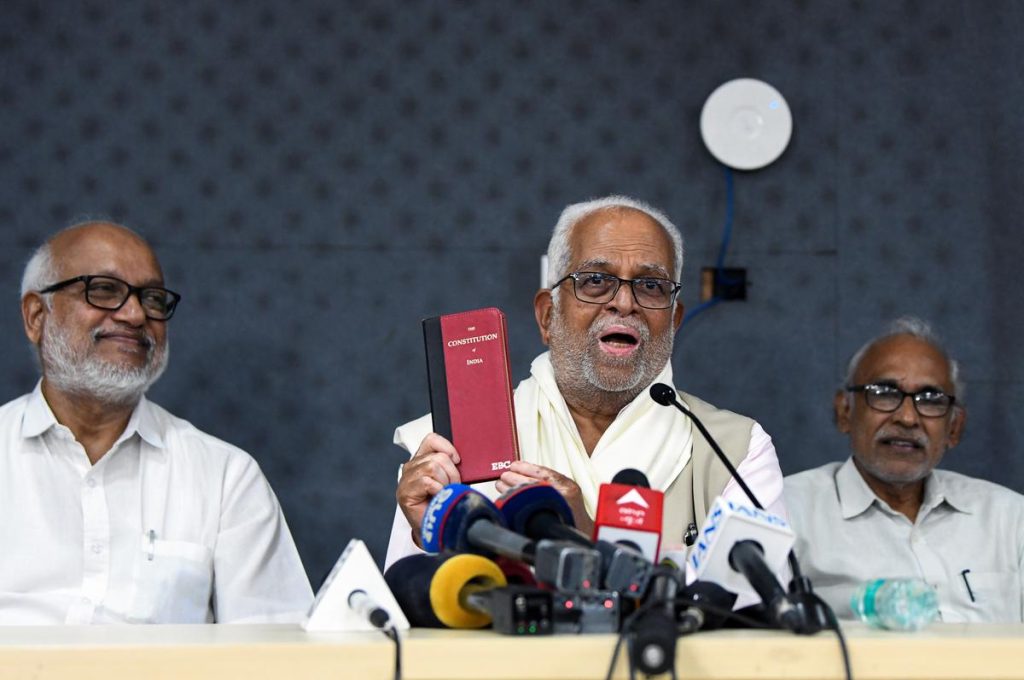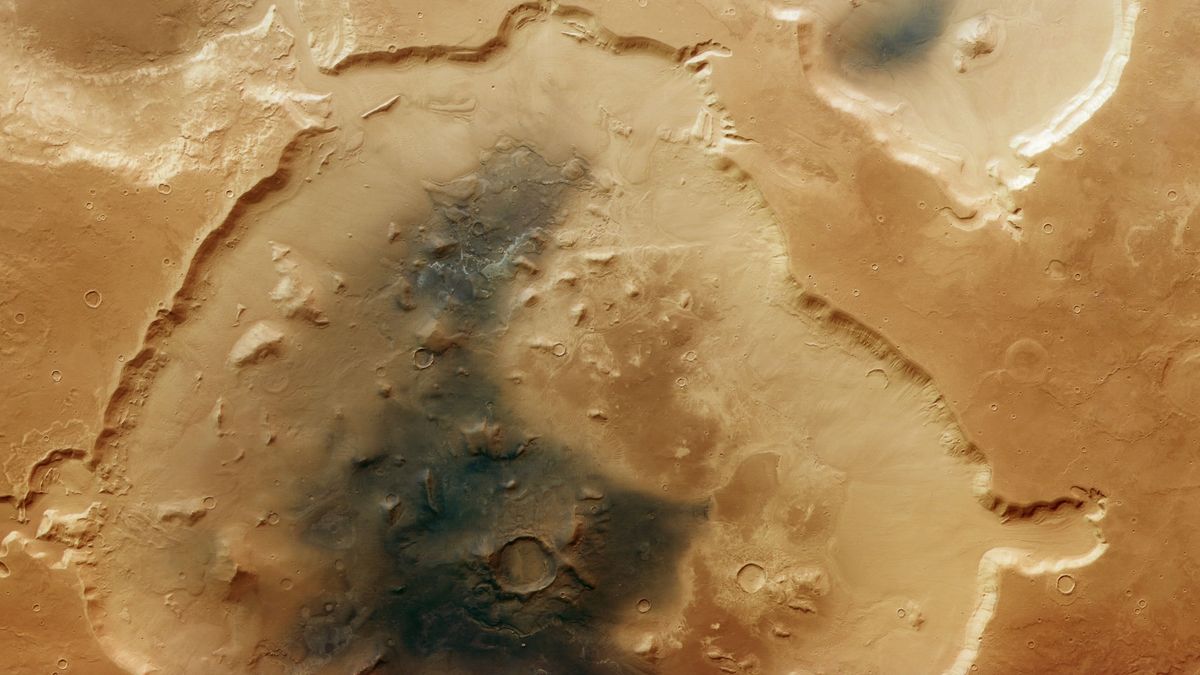Now Reading: Jupiter and Mercury to Align in Evening Sky This Week
-
01
Jupiter and Mercury to Align in Evening Sky This Week
Jupiter and Mercury to Align in Evening Sky This Week

Quick Summary
- Jupiter and Mercury Visibility: Jupiter and Mercury will appear close in the northwestern horizon after sunset around June 6-7,visible for approximately 45 minutes until they dip below the horizon.
- Astronomical Event Timing: On June 7, the planets will be just over two degrees apart, fitting within the field of view of standard binoculars (10×50). Mercury will gradually rise above and separate from Jupiter due to its faster orbital motion.
- Orbit Comparisons:
– Jupiter: Largest planet in the solar system; takes 12 Earth years to orbit the sun; completes a day-night cycle in just under 10 hours.
– Mercury: Closest planet to the sun; completes an orbit every 88 days but has a longer day-night cycle of about 176 Earth days.
- Viewing Precautions: Observe only after sunset when looking through binoculars or telescopes to avoid pointing equipment toward sunlight.
!Night sky map showing Mercury climbing past Jupiter
Mercury and Jupiter will fit within the view of binoculars after sunset on June 7. (Image Credit: starry Night)
!Celestron telescope
Celestron NexStar Telescope for stargazing. (Image Credit: Amazon)
Indian Opinion Analysis
Stargazing events such as Mercury’s approach to Jupiter provide opportunities for people globally, including astronomy enthusiasts in India, to connect with celestial phenomena while advancing public interest in space science. India’s geographical positioning enables clear visibility during suitable weather conditions. Events like these can help engage citizens who might already be captivated by India’s advancements like ISRO’s missions.
With increasing public availability of technology such as telescopes or smartphone stargazing apps, these occurrences serve not only recreational purposes but also underscore broader discussions about fostering scientific curiosity among youth audiences. Such initiatives align well with India’s focus on education reforms emphasizing STEM fields. As this phenomenon requires readiness and knowledge about observation methods (e.g.,post-sunset timing),it encourages individuals across India-and globally-to deepen their technical understanding while admiring planetary marvels.























